We may receive a commission when you use our affiliate links. However, this does not impact our recommendations.
At Christmas time I was lucky enough to get a few tool vouchers that enabled me to purchase some Japanese-style saws. I had some trials runs, but had not really put them to work on a project yet.
Lucky for me, I got some shop time this weekend on the proviso I make something for the house, not my tool chest! That was fine by me, although I don’t like to have a couple of projects on the go; shop time is precious. I decided to make a low table that will initially serve for building Lego models upon, then become useful as a coffee table or similar in the future. I had a pile of oak offcuts from a recent batch of windows and doors we made, and although grain matching and figure will take a bit of a back seat, it was a source of material I could make good use of.
I opted for a Craftsman-style piece. This is a relatively new style to me, but it lends itself well to the material I had and also will create a piece that will fit in well in many different setting. It also has a bunch of mortise-and-tenon joinery – that is something I feel very comfortable with.
All my timber prep was done with machines; without their support my project would not of moved forward as swiftly. I’ll share a few pictures and a video of that soon. All the joinery, however, was done by hand. Being honest: This process would have been faster also done on machine, but I relish handwork and find the practice of it makes you a free and versatile worker.
The only saw I used was the Gyokucho 651 Blue hard Ryoba Komame 240mm. I did have some reservations when this saw arrived, as I had heard tales of people loosing teeth from Japanese saws. I must admit when I first had this saw I did treat it very roughly, mainly through ignorance. Brutal rip cuts with too much aggression – but it survived. I took advice, slowed down and tried again; I’ve developed a better level of control, but I still feel I have more to learn.
What I did find throughout the process was a very willing companion. Having a rip blade and crosscut blade on the same saw was a boon; the speed of cut is dramatic and the finish “off the saw” is very very clean. Although it’s not a magic wand – and if like me you are used to Western tools it does take a while to get used to – I am enjoying using it. It’ll be interesting to see if I’m using it after a year or so.
There is something else I rather like about these saws and that is the changeable blades. You’ll notice I chose the word changeable over disposable. I have borrowed that term from Toshio Odate and his book “Japanese Woodworking Tools, Their Tradition Spirit and Use.” Unlike the vast majority of Western-style saws that have hardened teeth, with these saws the handle is retained. Also, there is such as small amount of steel used in these blades, coupled with how long-lasting the teeth are likely to be, it makes me wonder if any more energy or material is wasted over making thicker Western saw plates and the number of files that would be used and disposed over a lifetime.
As Odate says, “The changeable-blade saw that has come into use is not like these cheap imitations, mass produced for quick profit. It is simply a new kind of saw, made for specific purposes and crafted with great pride.”
I will stress this is not a call to change how you do anything; whatever saw and method you use, stick with it. There are no silver bullets. But with the experience I’ve had so far, I find the “Saws with Changeable Blades” very successful.
— Graham Haydon
Here are some supplies and tools we find essential in our everyday work around the shop. We may receive a commission from sales referred by our links; however, we have carefully selected these products for their usefulness and quality.



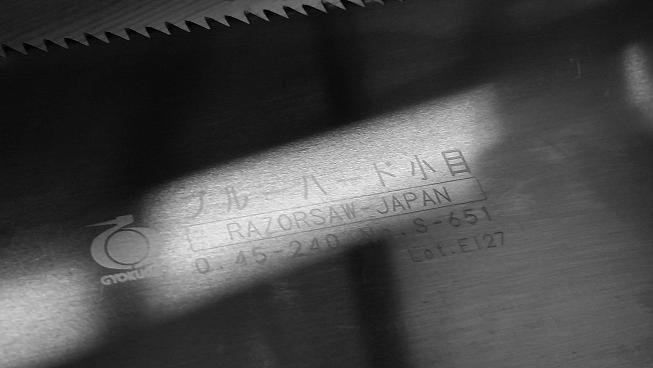
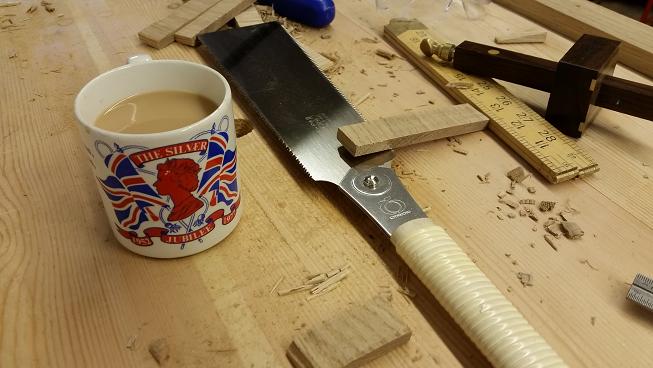
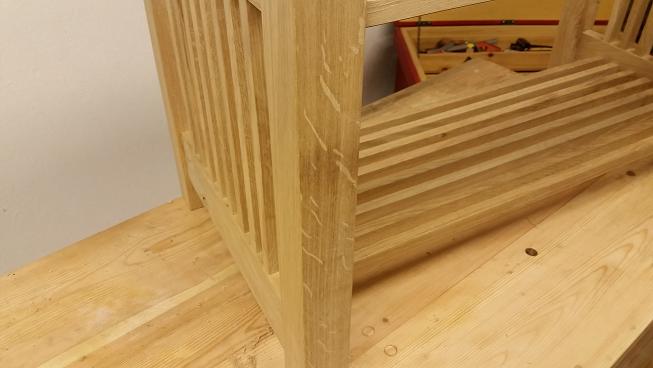
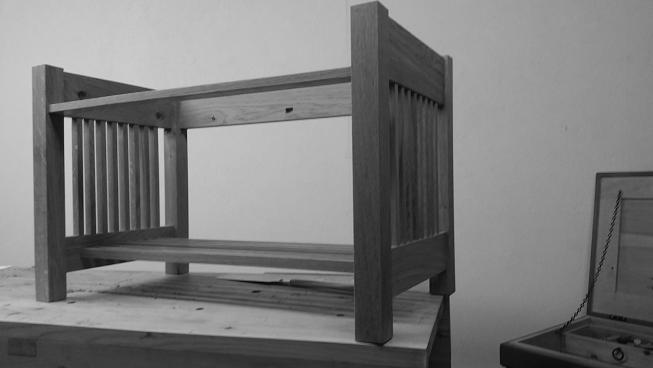





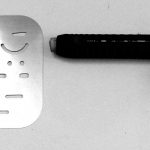
I have 3 Japanese saws and will most likely get more. The Ryoba is my go-to saw for most hand work. I like the precision and ease of cut as well as the very thin kerf. They are also shaped just slightly thinner the higher you go on the blade to reduce binding. I mostly use these saws for joining as you did and they are perfect for really intricate cuts such as full blind dove tails or any of the more complex sashimono style joints for which there are no power tool jigs. Also, if you use a knife for marking, these saws line up really easily in the groove made by the knife making starting a cut easier and more accurate. I highly recommend these saws for precision work.
One of the problems folks have with switching between western and eastern style saws is the method of holding work. Western sawbenches are not the thing for ripping with a pull saw. In fact Japanese woodworkers often work without benches at all.
You realize that I will have to purchase one of these saws now. Actually, I’ve been considering it for some time. I often cross-cut by hand, and rip saw far less. I’ve considered purchasing a rip-filed panel saw, but a good one isn’t inexpensive, and it would be a tool I don’t use often. However, the versatility of the Japanese Ryoba makes it a tool worth consideration.
I still think western saws are superior in general, but I will keep an open mind using your work as an example.